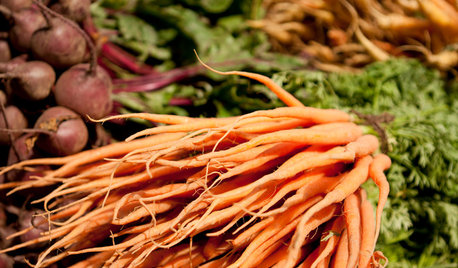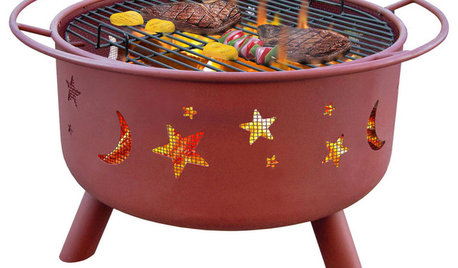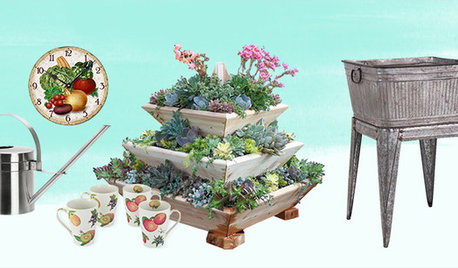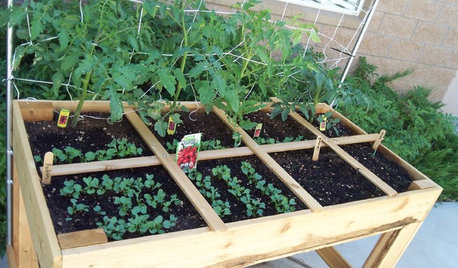Harvesting
dbagnell
13 years ago
Related Stories

GREEN BUILDINGHow to Harvest Rainwater for Your Garden
Conserve a vital resource and save money by collecting stormwater for irrigation in a barrel or tank
Full Story
YELLOWFind Your Fall Color: Harvest Gold
See the many ways, large and small, to incorporate this rich autumn shade into your home
Full Story
GARDENING AND LANDSCAPINGWorld of Design: 10 Home Gardeners Show Us Their Sweet Summer Harvests
From New York to Tokyo, these gardeners have turned their yards, terraces and rooftops into places of bounty
Full Story
FARM YOUR YARDWhen to Harvest Vegetables and Fruits
Get the most from your garden by knowing the best times to pick different edibles
Full Story
SHOP HOUZZShop Houzz: Autumn Harvest Decor
Celebrate the fruits of your labor, decorate for fall and dance under the harvest moon
Full Story0

SHOP HOUZZShop Houzz: Garden Harvest Essentials
Garden tools, tableware and decor to enjoy your summer harvest
Full Story0

GARDENING GUIDESMaximize Harvests With Square-Foot Gardening
This efficient edible-gardening technique can help people who are short on space
Full Story

DECORATING GUIDESHarvest Farmhouse Style to Freshen a Fall Home
Reap the reward of a wholesome feel when you infuse your home with farmhouse colors, furnishings and accessories
Full Story
SHOP HOUZZShop Houzz: The Warm Harvest Hues Sale
Bring fall’s favorite colors home with versatile furnishings, pillows, decor and more
Full Story0
Sponsored
More Discussions






plumiebear
susanfromhawaii
Related Professionals
Bridgetown Landscape Architects & Landscape Designers · Beachwood Landscape Architects & Landscape Designers · South Orange Landscape Architects & Landscape Designers · Cicero Landscape Contractors · Fort Mill Landscape Contractors · Indianapolis Landscape Contractors · River Ridge Landscape Contractors · Greenfield Landscape Contractors · East Norriton Landscape Contractors · Winter Gardens Landscape Contractors · Bryan General Contractors · La Marque General Contractors · Maple Heights General Contractors · New Carrollton General Contractors · Park Forest General Contractorsequinoxequinox